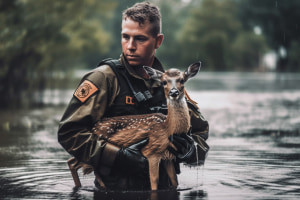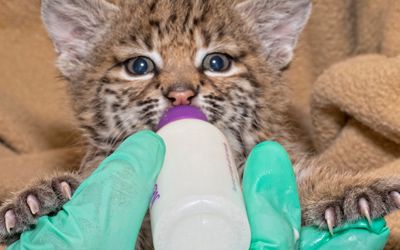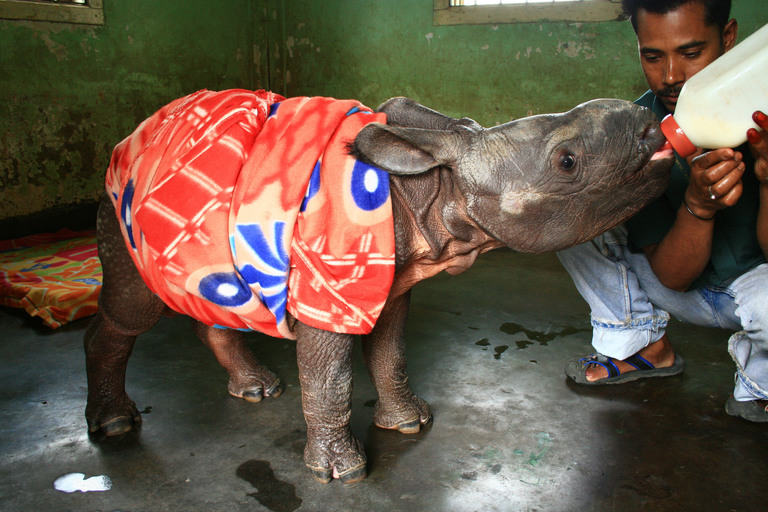Effective Wildlife Removal Techniques for a Peaceful Home Environment
In the quest of preserving a tranquil living area, property owners frequently face the obstacle of wildlife intrusions, which can interrupt the tranquility of their atmosphere. Applying efficient wildlife removal approaches needs a nuanced understanding of both humane exemption strategies and preventative steps.
Identifying Common Wildlife Intruders
Recognizing typical wild animals trespassers is a vital very first step in efficient wild animals management. Understanding the certain varieties that often infiltrate business and domestic rooms allows homeowner and wildlife professionals to carry out targeted approaches for minimizing possible damages and health and wellness risks. Typical trespassers typically consist of raccoons, squirrels, bats, and different species of rats and birds, each bringing special difficulties.
Raccoons, for example, are recognized for their dexterity and can cause significant structural damages while seeking food or shelter. Squirrels, with their propensity for gnawing, can damage electrical circuitry, presenting fire hazards. Bats, while advantageous for managing insect populations, can become a hassle when they roost in attic rooms, possibly spreading illness such as histoplasmosis. Birds, consisting of pigeons and sparrows, frequently create unhygienic conditions with their droppings, causing structural degradation and health concerns. Rats, such as computer mice and rats, are infamous for their fast reproduction and capacity to penetrate small openings, presenting serious health and wellness dangers as a result of their capacity to spread out illness.
Humane Exemption Methods
Understanding the usual wildlife burglars is the structure whereupon effective exclusion techniques are built. Recognizing varieties such as squirrels, birds, and raccoons assists in designing gentle exclusion strategies customized to certain habits and entrance methods. Exclusion is a preventative strategy targeted at rejecting wildlife accessibility to homes and residential properties, hence decreasing the demand for even more intrusive procedures.
The keystone of humane exclusion entails securing prospective entry factors. This includes repairing holes in roofing systems, wall surfaces, and structures, in addition to mounting chimney caps and air vent covers. For smaller intruders like mice and bats, using products such as steel woollen and caulk to secure gaps is necessary. Furthermore, guaranteeing that windows and doors are protected, and that displays are intact, can better discourage entrance.
Another key technique is making use of aesthetic and acoustic deterrents. Setting up motion-activated lights or ultrasonic tools can prevent nighttime wildlife. Customizing the habitat by taking care of food sources, such as securing garbage can and removing bird feeders, additionally plays an important duty. These exclusion techniques not only shield the home environment but additionally appreciate the wildlife, allowing them to flourish in their natural habitats without injury.
Safe Capturing Techniques
When exclusion strategies want, secure capturing techniques come to be an essential recourse in wildlife management. Capturing, when executed correctly, provides a humane and efficient methods of addressing a prompt wild animals problem while making certain very little stress and harm to the pet. This technique requires an understanding of both the behavior of the target types and the ethical considerations associated with wildlife handling.
The initial step in secure capturing involves picking the proper catch kind. Live traps, such as cage traps, are typically recommended as they enable for the capture and launch of the animal elsewhere. These catches should be inspected frequently to stop unnecessary anxiety or injury to the caught wildlife. It is crucial to adhere to neighborhood laws pertaining to capturing and moving to guarantee compliance with legal standards and wild animals preservation concepts. animal control Burlington.
Additionally, bait choice and positioning are critical parts in ensuring effective capturing. Lure should be selected based upon the nutritional choices of the target species and tactically put to entice the animal right into the catch. As soon as trapped, the animal needs to be handled with treatment, utilizing protective gear if necessary, to assist in secure transport and release, consequently preserving a well balanced ecosystem and a calm home setting.
Precautionary Home Modifications
While secure trapping approaches resolve instant wildlife problems, lasting solutions commonly involve preventative home alterations to hinder animals from getting in human rooms. Applying these modifications not only improves the safety and comfort of your living environment yet additionally decreases the likelihood of future wild animals intrusions.
An important facet of preventative strategies is sealing possible entry factors. This includes evaluating and fixing any type of gaps or splits in the structure, walls, and roof covering, as these can come to be access paths for wildlife. Mounting smokeshaft caps and fixing busted vents can protect against birds, bats, and rats from gaining entrance. Protecting doors and windows with weather condition stripping and mesh displays adds an additional layer of security.
Landscaping adjustments can also act as efficient deterrents. Trimming tree branches that overhang the roof and eliminating debris stacks can eliminate paths and environments that draw in wild animals. Preserving a clean lawn by safeguarding trash can and compost heap prevents scavengers such as opossums and raccoons.

When to Call Professionals,##.
Professional intervention ends up being essential in circumstances where wild animals issues surpass the extent of DIY remedies. Homeowners might run into conditions where the best site intricacy or risk of the wildlife problem demands specialist experience. For circumstances, managing hostile animals such as snakes, raccoons, or bats frequently requires specific abilities and tools to visit this site ensure safety and effectiveness. Trying to handle these animals without correct expertise can lead to injury or worsen the issue.
Additionally, infestations involving secured or endangered types require a nuanced strategy to abide with legal regulations. Professionals are geared up with the required licenses and comprehend the legal structures regulating the handling of such species. This makes sure that removal is carried out fairly and within legal borders.

Lastly, when wild animals postures a relentless trouble regardless of repeated do it yourself initiatives, specialist solutions can provide thorough inspection and long-term services her latest blog customized to stop reappearance - burlington wildlife rescue. Their competence not only resolves the immediate problem however also safeguards the home setting in the future
Conclusion
Implementing efficient wildlife removal techniques is crucial for keeping a relaxed home setting. Identifying common wild animals intruders and utilizing gentle exemption strategies are foundational steps. Safe trapping methods make sure the humane capture of relentless pets, while preventative home alterations, such as securing access factors and protecting garbage containers, minimize future breaches. Consulting experts is a good idea for complicated circumstances that require experience. With each other, these methods develop an unified space devoid of wild animals disturbances.

These exclusion techniques not only shield the home atmosphere but additionally appreciate the wild animals, permitting them to flourish in their natural habitats without damage.
Carrying out reliable wild animals removal methods is important for keeping a peaceful home setting.